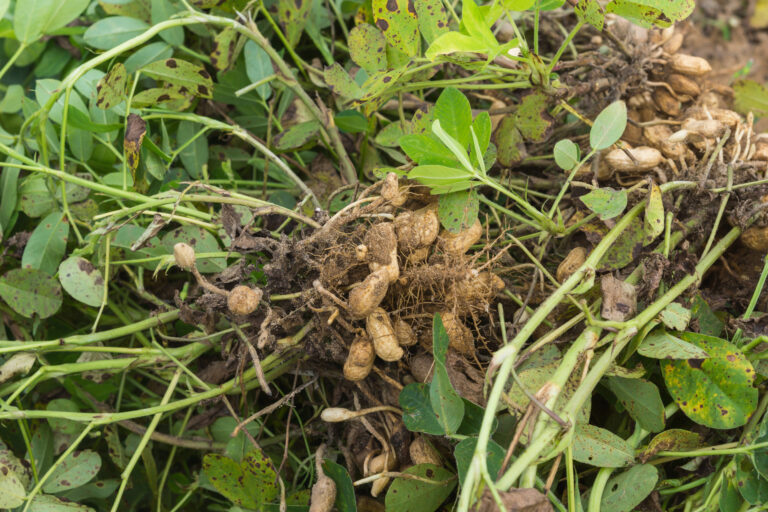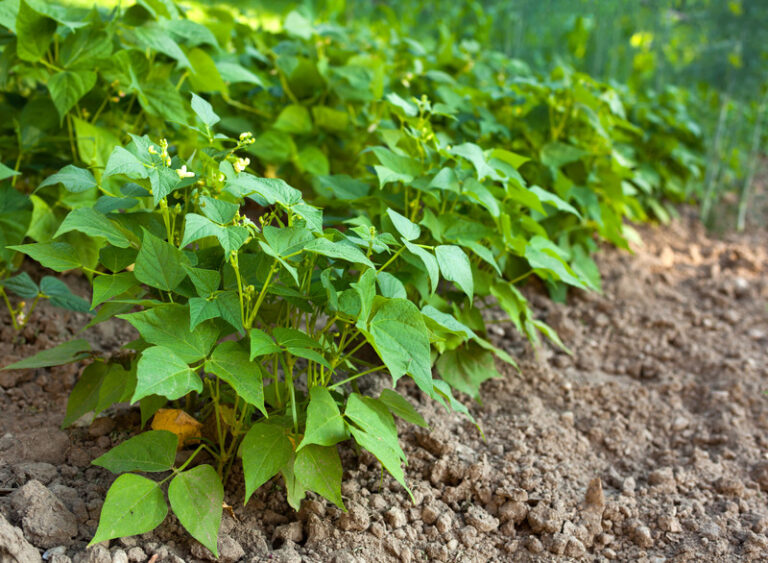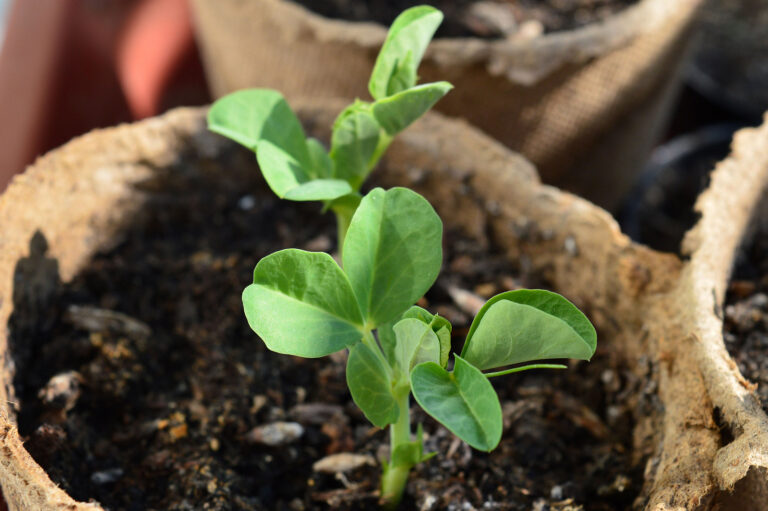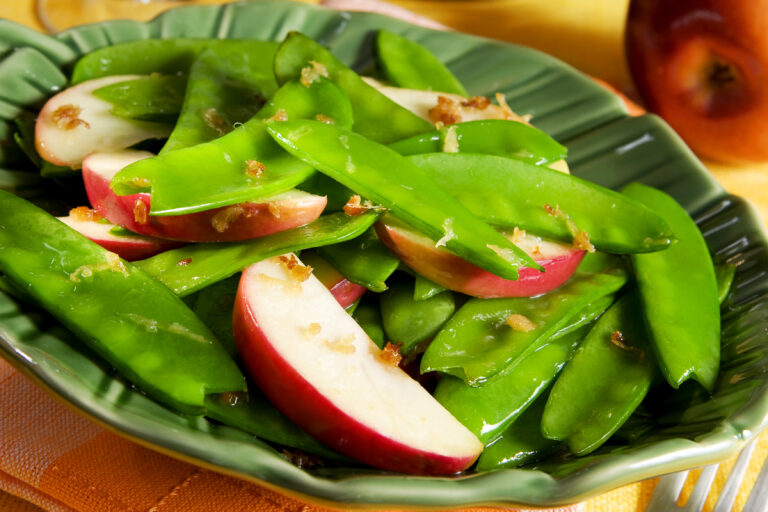When to Plant Chickpeas: Temperature, Frost Windows, and a Month-by-Month Calendar
Chickpeas—also known as garbanzo beans—are one of the most dependable cool-season legumes for home gardeners. After decades of growing them in raised beds and open rows in Sonoma Valley, I’ve found that timing is the single most important factor for a successful harvest. Chickpeas prefer cool spring weather, tolerate light frost, and produce best before summer heat arrives. Here’s how to know exactly when to plant chickpeas—from temperature cues to frost windows to a simple month-by-month planting calendar.
Ideal Temperature for Planting Chickpeas
Temperature matters more for chickpeas than for many other legumes.
Soil Temperature
- Optimal germination: 50–60°F
- Minimum germination: 40°F—slower, but still viable
- Above 75°F: Germination slows sharply and seedlings grow weak in hot soil
In my experience, chickpeas germinate strongest when the soil holds steady in the mid-50s—usually early to mid-spring.
Air Temperature
- Ideal growing range: 60–75°F
- Heat stress: Above 85°F, flower set drops, and plants may stop forming pods.
- Light frost tolerance: Mature seedlings can tolerate light frosts down to 28–30°F.
Understanding Frost Windows
Because chickpeas tolerate frost better than many spring vegetables, they can go into the garden earlier than tomatoes, peppers, or beans.
Planting Window Relative to Frost
- Direct sowing: 2–4 weeks before your last expected frost
- Indoor transplants: Set out right at last frost or slightly before, using biodegradable pots to avoid root disturbance.
Chickpeas don’t like hot soil, so planting too late is more harmful than planting a bit early.
Fall Planting?
In mild-winter regions like coastal California, chickpeas can be fall-sown in late September or October. Plants grow slowly through winter and produce early spring crops. I’ve grown chickpeas this way in years with warm, dry winters—success depends on frost severity and soil drainage.
Month-by-Month Chickpea Planting Calendar
This calendar is designed for temperate climates with spring planting (Zones 6–10). Adjust one month earlier or later based on local frost dates.
January
- Check soil drainage; plan beds.
- Order seed varieties—Kabuli for large beige chickpeas, Desi for small, hardy types.
February
- In mild climates, begin early direct sowing if soil reaches 45–50°F.
- Start seeds indoors in biodegradable pots for colder zones.
March
- Prime planting month in many regions.
- Soil temps usually reach 50–55°F—ideal for sowing.
- Direct sow outdoors or transplant carefully.
April
- Continue sowing through mid-month before soil warms too much.
- In warm zones (9–10), this is your last call before heat reduces yields.
May
- Suitable only for cool-spring climates or high elevations.
- Heat will reduce flowering—consider shading or mulching to cool soil.
June
- Too late for spring sowing in most regions.
- In cool maritime climates, a final sowing may still succeed.
July
- Not recommended for traditional chickpea types.
- Consider drought-tolerant Desi varieties if summers are cool.
August
- In hot-summer regions: prepare for fall planting—add compost, irrigate lightly.
- In mild climates (Zones 9–10), begin sowing late in the month.
September
- Fall sowing month in warm-winter regions.
- Sow as soil cools to 60–70°F.
October
- Continue fall planting if frost is light or arrives late.
- Mulch lightly to moderate soil temperature.
November–December
- Growth slows dramatically; chickpeas withstand light frost but not saturated soils.
- Harvest fall-sown crops in late winter or early spring.
Final Tips for Perfect Timing
- Cool soil equals strong germination. Plant earlier rather than later.
- Avoid heavy spring rains. Chickpeas dislike saturated soils—raised beds help.
- Watch night temperatures. Chickpeas tolerate cold but dislike warm nights early on.
- Aim to beat summer heat. Earlier sowing ensures flowering before hot weather arrives.
With the right timing—and attention to soil temperature and frost windows—chickpeas become one of the most reliable, low-input crops in the spring garden. Their resilience, nitrogen-fixing benefits, and flavorful harvest make them a natural fit for raised beds, wide rows, and even larger home plots.
Chickpea Learning Hub
Start Here / Overview
- Mastering Chickpeas: Planting, Growing, and Harvesting Tips
- How to Plant, Grow, and Harvest Chickpeas (Garbanzo Beans): The Complete Guide
Planning & Planting
- Best Chickpea Varieties to Grow: Kabuli, Desi, Black, and Specialty Types
- Short-Season Chickpeas: Best Varieties and Tips for Cooler Climates
- When to Plant Chickpeas: Temperature, Frost Windows, and a Month-by-Month Calendar
- How to Start Chickpeas From Seed: Indoors, Outdoors, and Spacing Tips
- Can You Grow Chickpeas in Containers? What Works—and What Doesn’t
- Growing Chickpeas in Raised Beds
- Best Companion Plants for Chickpeas (and What to Avoid)
Care & Maintenance
- How to Water and Feed Chickpeas for Maximum Pod Production
- Chickpea Care Guide: Weeding, Mulching, Trellising, and Seasonal Maintenance
Pests, Diseases & Troubleshooting
- Chickpea Pests: Identification, Prevention, and Organic Controls
- Chickpea Diseases and How to Prevent Them: Blight, Mosaic, Anthracnose & More
- Troubleshooting Chickpeas: Why Plants Fail, Don’t Flower, or Don’t Make Pods
Harvesting & Post-Harvest
- Harvesting Chickpeas: Fresh Green Pods vs. Dried Beans
- How to Store and Preserve Chickpeas: Fresh, Dried, Canned, or Frozen
Cooking & Enjoying




